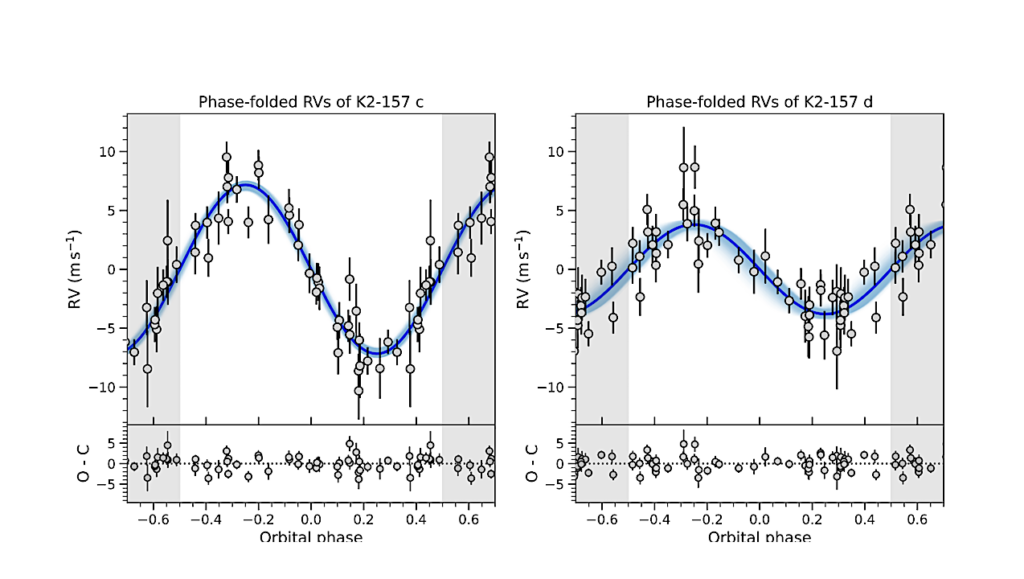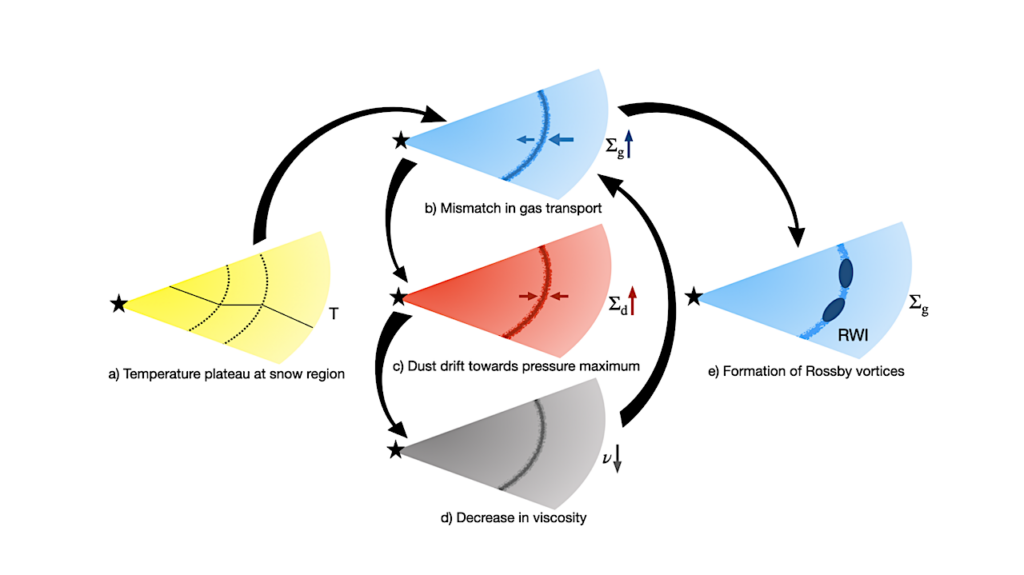Characterizing Atmospheres of Transiting Earth-like Exoplanets Orbiting M Dwarfs with James Webb Space Telescope

A number of transiting, potentially habitable Earth-sized exoplanets have recently been detected around several nearby M dwarf stars. These worlds represent important targets for atmospheric characterization for the upcoming NASA James Webb Space Telescope.
Given that available time for exoplanet characterization will be limited, it is critically important to first understand the capabilities and limitations of JWST when attempting to detect atmospheric constituents for potentially Earth-like worlds orbiting cool stars. Here, we explore coupled climate-chemistry atmospheric models for Earth-like planets orbiting a grid of M dwarf hosts.
Using a newly-developed and validated JWST instrument model – the JWST Exoplanet Transit Simulator (JETS) – we investigate the detectability of key biosignature and habitability indicator gaseous species for a variety of relevant instruments and observing modes. Spectrally-resolved detection scenarios as well as cases where the spectral impact of a given species is integrated across the entire range of an instrument/mode are considered and serve to highlight the importance of considering information gained over an entire observable spectral range.
When considering the entire spectral coverage of an instrument/mode, detections of methane, carbon dioxide, oxygen and water at signal-to-noise ratio 5 could be achieved with observations of several tens of transits (or less) for cloud-free Earth-like worlds orbiting mid- to late-type M dwarfs at system distances of up to 10-15 pc. When compared to previous results, requisite exposure times for gas species detection depend on approaches to quantifying the spectral impact of the species as well as underlying photochemical model assumptions.
Thus, constraints on atmospheric abundances, even if just upper limits, by JWST have the potential to further our understanding of terrestrial atmospheric chemistry.
Megan Gialluca, Tyler Robinson, Sarah Rugheimer, Fabian Wunderlich
Comments: 14 pages (with references), 8 figures
Subjects: Earth and Planetary Astrophysics (astro-ph.EP); Instrumentation and Methods for Astrophysics (astro-ph.IM)
Cite as: arXiv:2101.04139 [astro-ph.EP] (or arXiv:2101.04139v1 [astro-ph.EP] for this version)
Submission history
From: Megan Gialluca
[v1] Mon, 11 Jan 2021 19:06:12 UTC (879 KB)
https://arxiv.org/abs/2101.04139
Astrobiology, Astrochemistry,








